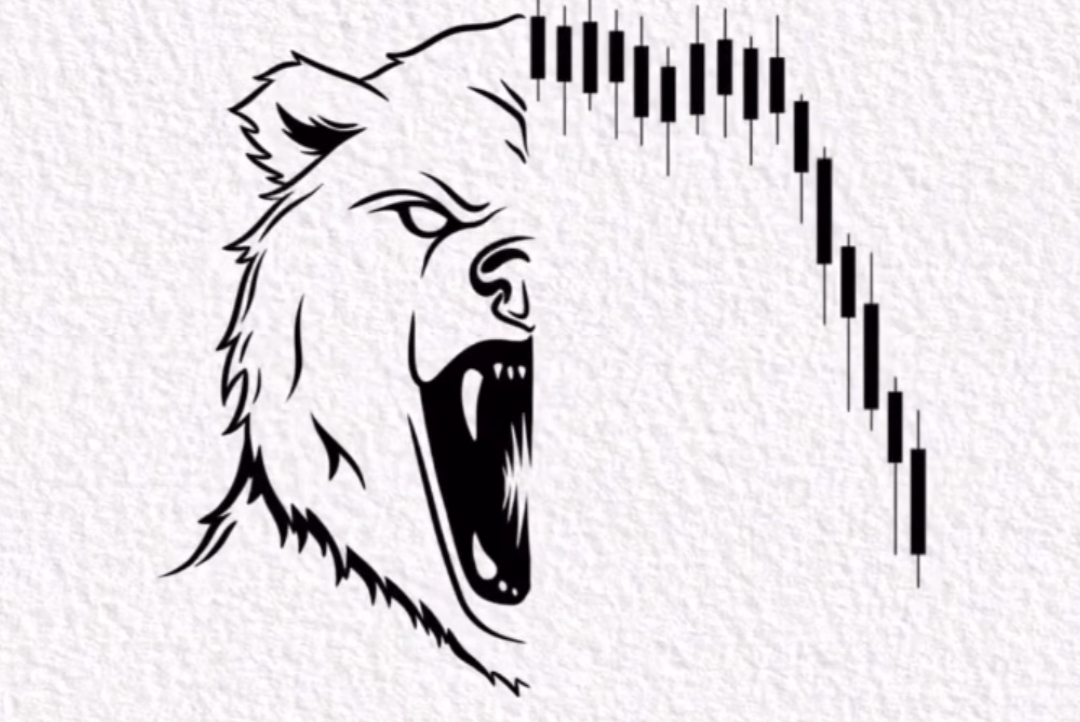
Armin 🎩🍄
@armin1378
1426 Following
776 Followers
0 reply
0 recast
1 reaction
1 reply
0 recast
0 reaction
0 reply
0 recast
0 reaction
0 reply
0 recast
0 reaction
/superrare
Pre-Columbian Art:
Civilizations: The Maya, Aztec, and Inca civilizations, among others, produced a wide range of artistic forms that reflect their sophisticated cultures.
Monumental Architecture and Sculpture:
Maya: Known for their elaborate temples, pyramids, and sculptures. Sites like Chichen Itza and Tikal feature intricate carvings depicting gods, rulers, and cosmological events.
Aztec: Created monumental structures like Tenochtitlan's Templo Mayor and expressive stone carvings. Themes in Aztec art include warfare, sacrifices, and gods such as Quetzalcoatl (the feathered serpent).
Inca: Known for their engineering marvels like Machu Picchu and fine stonework without the use of mortar, reflecting a harmony between architecture and nature.
Themes: Much of Pre-Columbian art revolves around gods, nature, and cosmology. Symbols of the sun, animals, and mythical beings are prevalent, reflecting these civilizations' beliefs in the interconnectedness of all life and the divine. 0 reply
0 recast
0 reaction
0 reply
0 recast
0 reaction
1 reply
0 recast
0 reaction
1 reply
0 recast
0 reaction
1 reply
0 recast
0 reaction
0 reply
0 recast
0 reaction
2 replies
0 recast
0 reaction
2 replies
0 recast
0 reaction
2 replies
0 recast
0 reaction
1 reply
0 recast
0 reaction
0 reply
0 recast
0 reaction
3 replies
0 recast
0 reaction
1 reply
0 recast
0 reaction
11 replies
0 recast
0 reaction
11 replies
0 recast
0 reaction
11 replies
0 recast
0 reaction